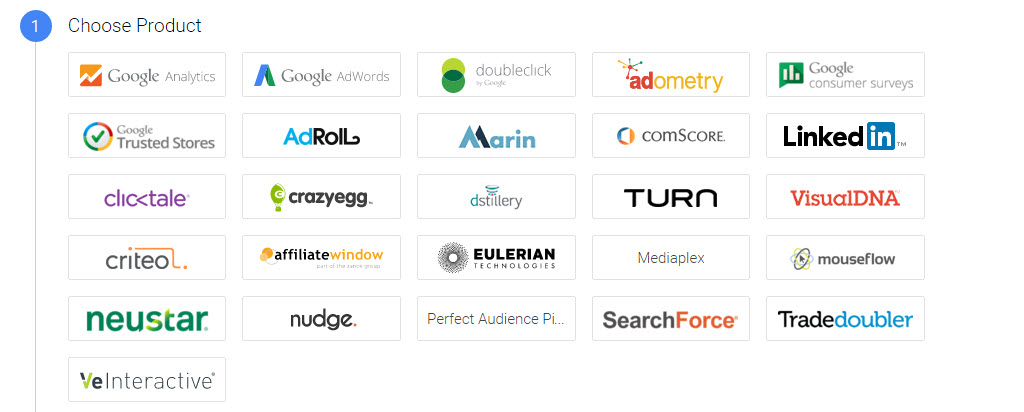
Google Tag Manager (GTM) is a tag management platform created by Google to allow you to control and manage the placement of tags on your website. It has been around in its current format since October 2012, but has still not been widely adopted by website owners. The benefits of using GTM are that it allows you to speed up your site by managing how and when tags execute. It also improves your ability to measure the success of your digital market and removes your reliance on your website developer to make code changes to your site.
What are tags?
Tags are scripts or pieces of code that monitor and measure traffic and user behaviour. There are many different tags on websites with some of the most common tags installed including:
- Google Universal Analytics code
- Google AdWords Conversion Tracking code
- Google AdWords Dynamic Remarketing code
- Event tracking code to measure document downloads, duration videos are watched.
- Non Google Tags such as LinkedIn, AdRoll or crazyegg
GTM is not the only tool available, there are quite a few other tag management tools on the market, however, GTM is free and easy to use once you have taken the time to understand the basics. Before management tools like GTM arrived, trying to install all these bits of code on your site was quite involved and, more often than not, required help from your web developer.
GTM makes this whole process easier and gives you the ability to control who makes changes to the tags on your site.
The Basic Elements of Google Tag Manager
GTM is based on four core elements:
- The Data Layer – Imagine this as being like a spreadsheet where all the information you wish to record about what content users are viewing and which activities they are completing on your site. Information is collated in a data layer and sent to Google Analytics using GTM.
-
Tags – A tag is HTML code that executes (or fires) on a page.
-
Triggers – Essentially you create rules that specify when a tag should be fired such as when a specific page is loaded or in response to a given action on a page.
-
Macros – A pre-defined set of conditions that allow rules to be executed.
What are the main advantages of using Google Tag Manager?
- You can select from a library of commonly used pre-defined tags. GTM contains a suite of commonly used tags for products such as Analytics, AdWords, Google Trusted Stores, AdRoll, LinkedIn as well as other popular ad networks. This makes setting up common tags easier as you can implement tags by selecting a template product and then entering a few basic bits of information.

Google Tag Manager contains library of commonly used tags is available to ease the setup process - Testing tag changes is easier. You can test tag changes in your browser and resolve issues before changes are made to your live website.
- There is full version control. You can monitor when changes are made and by which member of your team. A full log of version changes is created with every published change. Each time changes are published a new version is created and you can rollback to a previous version should you need to do so.
- User permissions: If you are working with an agency, a web developer and individuals with different technical knowledge and understanding within your organisation, you can set permissions for individual users to allow them to view, edit, and/or publish. This gives you full control over who can make changes and enables you to approve changes before they are published.
- GTM gives your marketing team more control. Changes to tags for tracking events – such as how long visitors are spending watching your new company video – can be applied easily by your marketing team. Your web developer can focus on more important areas of work.
- Event tracking is easier. Using Event Listeners, you no longer need to manually tag each link that you want to track. By setting up data attributes on buttons, documents or other elements listeners can be setup to create events and send the data to Google Analytics.
Implementing Google Tag Manager
There are many useful resources and guides online that explain the steps required to setup GTM on your site.
However, before you launch into setting up GTM I recommend that your go through the following steps to plan your implementation:
- Review what tags you have on your site and create a list
- Decide on what data you want to track
- Speak to your website developer about implementing Google Tag Manager
- Choose who needs to access tag manager and then decide on the most appropriate user permission access levels to give them
- Setup a GTM account using a business email address and give your website developer access. You may also want to give your marketing agency access as well
We will also be covering setting up specific Tag Manager Tags in future posts and looking at more innovative custom uses of GTM.
